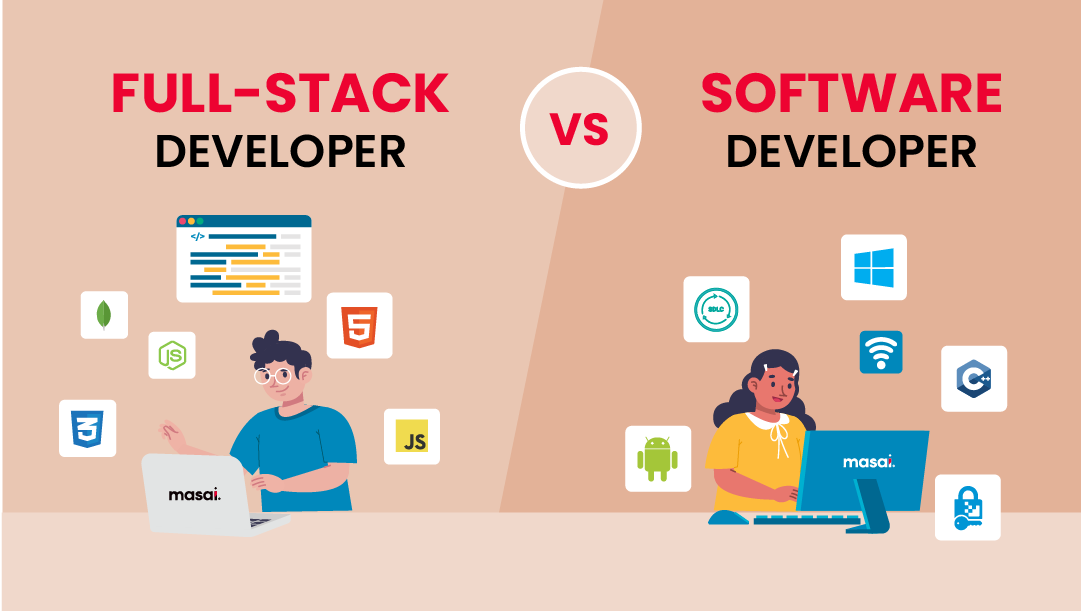Structure Success with a Dedicated Development Team for Your Organization Requirements
Structure Success with a Dedicated Development Team for Your Organization Requirements
Blog Article
Devoted Developers vs. In-House Teams: Which Is Right for You?
The choice in between utilizing committed designers and preserving an internal team is a substantial one that can influence the trajectory of your projects and total company strategy. Alternatively, in-house teams contribute to a cohesive company society and a nuanced understanding of lasting goals.
Recognizing Committed Developers
The expanding demand for specialized skills in the technology market has actually led to the development of devoted programmers as a viable service for many organizations. These professionals are usually contracted on a project basis, permitting business to leverage details knowledge without the long-lasting dedication related to permanent hires. Devoted developers are commonly embedded within a client's group, offering adaptability and scalability to satisfy job requirements.
This model allows organizations to access a global skill pool, which is particularly advantageous in a rapidly evolving technical landscape. Devoted designers can be sourced from various geographical places, ensuring that business can locate the appropriate skill established at affordable prices. They frequently bring a wide range of experience and knowledge, having serviced diverse tasks throughout various industries.
Furthermore, dedicated developers can concentrate specifically on the tasks at hand, enhancing performance and performance. They are furnished to incorporate seamlessly right into existing process, working together carefully with internal teams to accomplish job goals. This method not just lowers the problem of employment and training however also permits companies to remain agile, adjusting swiftly to changing market demands and technical improvements.
Advantages of In-House Teams

In addition, in-house teams tend to have a much deeper understanding of the company's goal, worths, and goals. This placement can enhance employee involvement and motivation, as team members really feel extra connected to their work and the organization's success. Additionally, having a committed in-house team enables for better placement of methods and goals, as these participants are regularly focused on the company's top priorities.
In-house teams likewise facilitate quicker decision-making processes, as they can react much more rapidly to changes and difficulties. The recognized relationships and familiarity with business procedures allow for structured operations and reduced miscommunication. Inevitably, the mix of a natural society, positioning with organizational goals, and effective interaction makes internal groups a valuable property for many organizations, especially those wanting to grow long-term growth and innovation.
Price Considerations
When assessing expense factors to consider, both devoted developers and internal teams present distinct financial implications for companies. Engaging devoted developers usually includes a pay-per-project or hourly rate version, which can be economical for organizations with varying job demands. This technique allows for adaptability in scaling sources up or down, guaranteeing that companies just pay for the services they need.
On the other hand, in-house groups require dealt with prices, including incomes, benefits, and overhead costs such as office and tools. While this design supplies higher control and instant accessibility of sources, it might result in greater long-term costs, especially if the workload does not warrant a full time team.
In addition, firms must take into consideration the hidden expenses related to recruitment and training of in-house employees, which can additionally strain budget plans. In some situations, the time and resources spent on handling an internal group can interfere with the company's core service purposes.

Project Monitoring and Versatility
Project management and versatility are whmcs developer crucial aspects that influence the option in between in-house groups and devoted programmers. Dedicated teams often have actually established procedures for taking care of projects successfully, leveraging certain methods like Agile or Scrum, which assist in iterative development and adaptability.

Inevitably, the choice in between in-house groups and committed developers pivots on the desired degree of versatility and the specific job monitoring demands. Companies have to examine their functional characteristics, job complexity, and source schedule to identify which alternative straightens my company best with their calculated goals.
Making the Right Option
Picking the right advancement method-- internal teams or dedicated programmers-- needs a careful analysis of numerous factors that straighten with a business's calculated goals. software development partner. Consider the nature of the task. Dedicated designers might be extra appropriate if it demands specialized skills or a quick scale-up. Conversely, in-house groups can supply much better continuity and combination with existing workers.
Next, evaluate your spending plan. Committed developers frequently present an affordable service for short-term tasks, while internal teams may sustain greater long-term expenses because of incomes, benefits, and expenses prices. Examine the level of control and partnership preferred; internal teams commonly cultivate more powerful communication and placement with firm society.
Furthermore, take into consideration the time structure. If prompt outcomes are essential, devoted programmers can be onboarded rapidly, whereas developing an internal group takes navigate here some time for employment and training. Evaluate the long-lasting vision of your organization. If continuous growth is crucial, investing in an internal team might produce much better returns over time. Ultimately, the choice depends upon a detailed evaluation of these factors, guaranteeing placement with your company's functional needs and total goals.
Final Thought
In verdict, the choice in between internal groups and specialized programmers hinges on project needs and business objectives. Alternatively, internal groups grow a cohesive society and deeper placement with lasting goals.
The choice between using devoted programmers and preserving an internal group is a considerable one that can impact the trajectory of your projects and total organization method.Project monitoring and versatility are important elements that affect the option between internal teams and committed designers. offshore software development.In comparison, in-house groups may stand out in maintaining a regular job monitoring framework due to their experience with the organization's society and long-term goals. Committed designers frequently provide a cost-effective option for short-term jobs, while internal teams may incur higher long-term costs due to salaries, benefits, and expenses prices.In conclusion, the choice in between internal teams and devoted designers pivots on task demands and business goals
Report this page